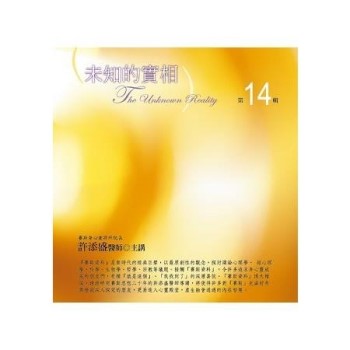There are houses in certain provincial towns whose aspect inspires melancholy, akin to that called forth by sombre cloisters, dreary moorlands, or the desolation of ruins. Within these houses there is, perhaps, the silence of the cloister, the barrenness of moors, the skeleton of ruins; life and movement are so stagnant there that a stranger might think them uninhabited, were it not that he encounters suddenly the pale, cold glance of a motionless person, whose half-monastic face peers beyond the window-casing at the sound of an unaccustomed step. Such elements of sadness formed the physiognomy, as it were, of a dwelling-house in Saumur which stands at the end of the steep street leading to the chateau in the upper part of the town. This street-now little frequented, hot in summer, cold in winter, dark in certain sections-is remarkable for the resonance of its little pebbly pavement, always clean and dry, for the narrowness of its tortuous road-way, for the peaceful stillness of its houses, which belong to the Old town and are over-topped by the ramparts. Houses three centuries old are still solid, though built of wood, and their divers aspects add to the originality which commends this portion of Saumur to the attention of artists and antiquaries. It is difficult to pass these houses without admiring the enormous oaken beams, their ends carved into fantastic figures, which crown with a black bas-relief the lower floor of most of them. In one place these transverse timbers are covered with slate and mark a bluish line along the frail wall of a dwelling covered by a roof en colombage which bends beneath the weight of years, and whose rotting shingles are twisted by the alternate action of sun and rain. In another place blackened, worn-out window-sills, with delicate sculptures now scarcely discernible, seem too weak to bear the brown clay pots from which springs the heart's-ease or the rose-bush of some poor working-woman. Farther on are doors studded with enormous nails, where the genius of our forefathers has traced domestic hieroglyphics, of which the meaning is now lost forever. Here a Protestant attested his belief; there a Leaguer cursed Henry IV.; elsewhere some bourgeois has carved the insignia of his noblesse de cloches, symbols of his long-forgotten magisterial glory. The whole history of France is there. Next to a tottering house with roughly plastered walls, where an artisan enshrines his tools, rises the mansion of a country gentleman, on the stone arch of which above the door vestiges of armorial bearings may still be seen, battered by the many revolutions that have shaken France since 1789












